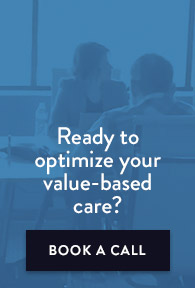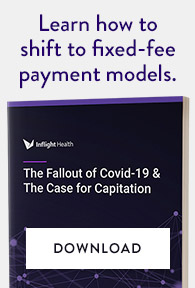Are accountable care organizations failing to help the high-risk and vulnerable populations it was intended to serve? Are providers hesitating to shift their most vulnerable patients to payment models tied to quality and performance? Are we de incentivizing providers to participate in these models because we are overlooking critical determinants of health and outcomes? According to the American Medical Association, we are.
In a June 11th press release, the American Medical Association (AMA) called for support for the creation of Accountable Payment Models (APMs) for vulnerable populations. William E. Kobler, an AMA board of trustees member, stated “We know that disparities in health outcomes are commonly related to non-medical factors, including geography and socioeconomic status, which are among the factors in the social determinants of health. To effect change and truly realize optimal health for all, we must encourage care to specifically meet the needs of vulnerable populations”.
To address these concerns, the AMA has adopted three new policies:
- That the AMA support APMs that link quality measures and payment to outcomes specific to vulnerable and high-risk populations and reductions in health care disparities;
- That the AMA continue to encourage the development and implementation of physician-focused APMs that provide services to improve the health of vulnerable and high-risk populations;
- That the AMA continues to advocate for appropriate risk adjustment of performance results based on clinical and social determinants of health to avoid penalizing physicians whose performance and aggregated data are impacted by factors outside of the physician’s control
The success of accountable care models hinges on provider engagement, period. They must see the advantage of participation in these programs. To do this we must focus on ways to engage physicians and networks by creating a fair and equitable model. This model must be designed to account for socio economic influencers that go beyond the basic factors of age, sex, location, etc. With the amount of data, we’ve collected, and the AI and machine learning capabilities available today, we could do so much to help providers understand their risk. By effectively managing risk we can increase efficacy of the care delivered to patients, including vulnerable and high-risk populations. By doing this, we can improve outcomes, to include increased affordability, better experience, and patient centered care.



